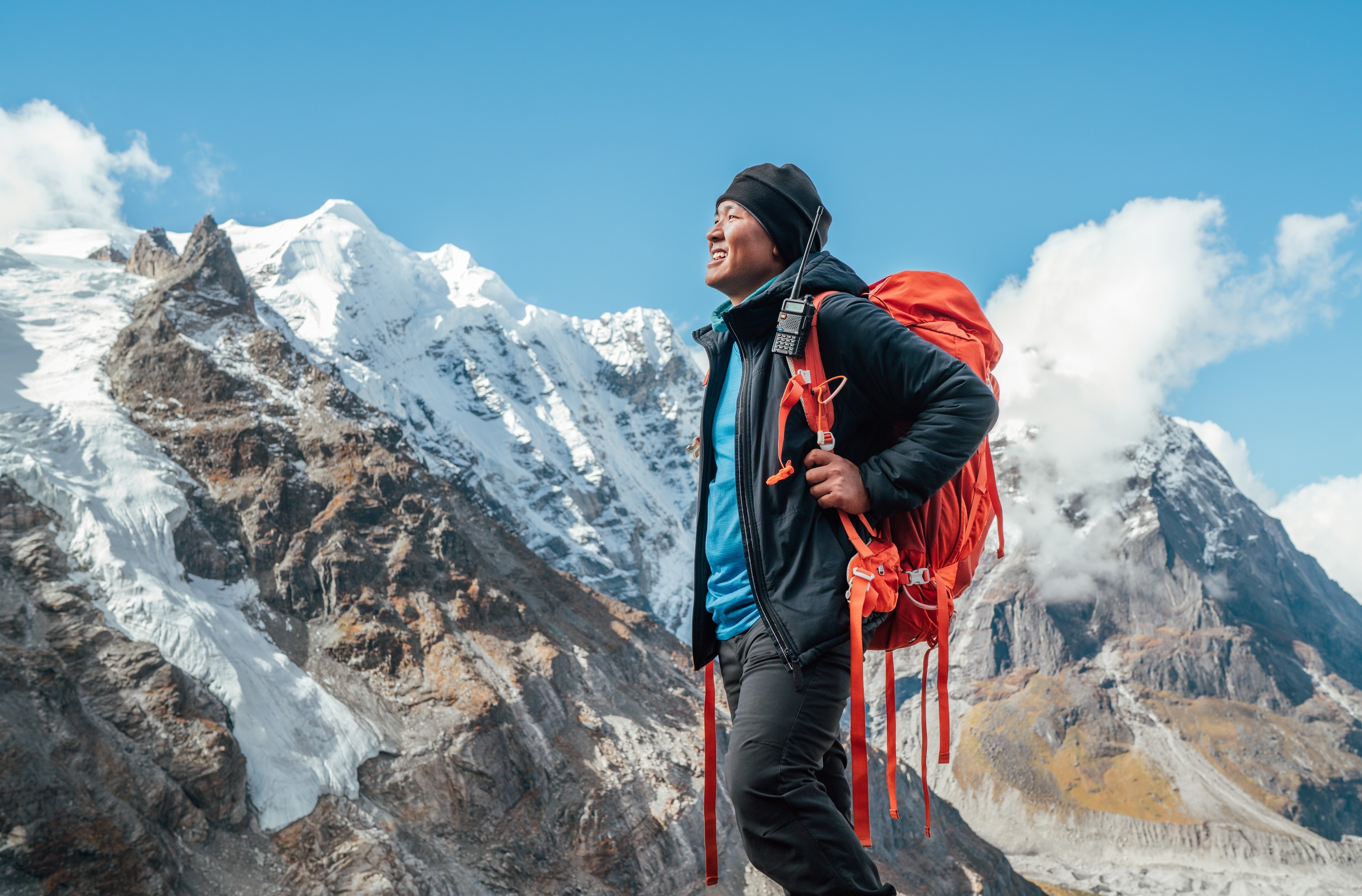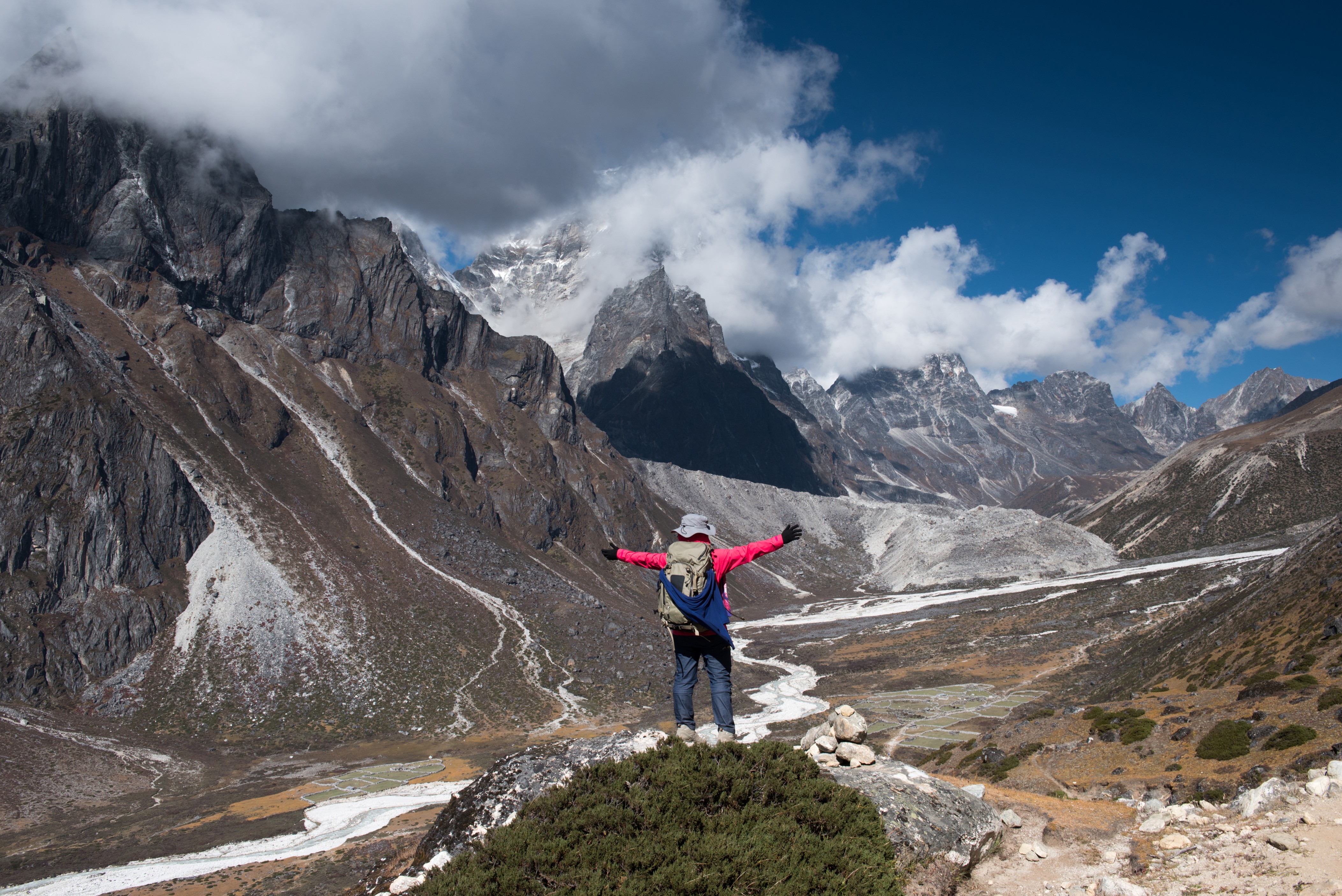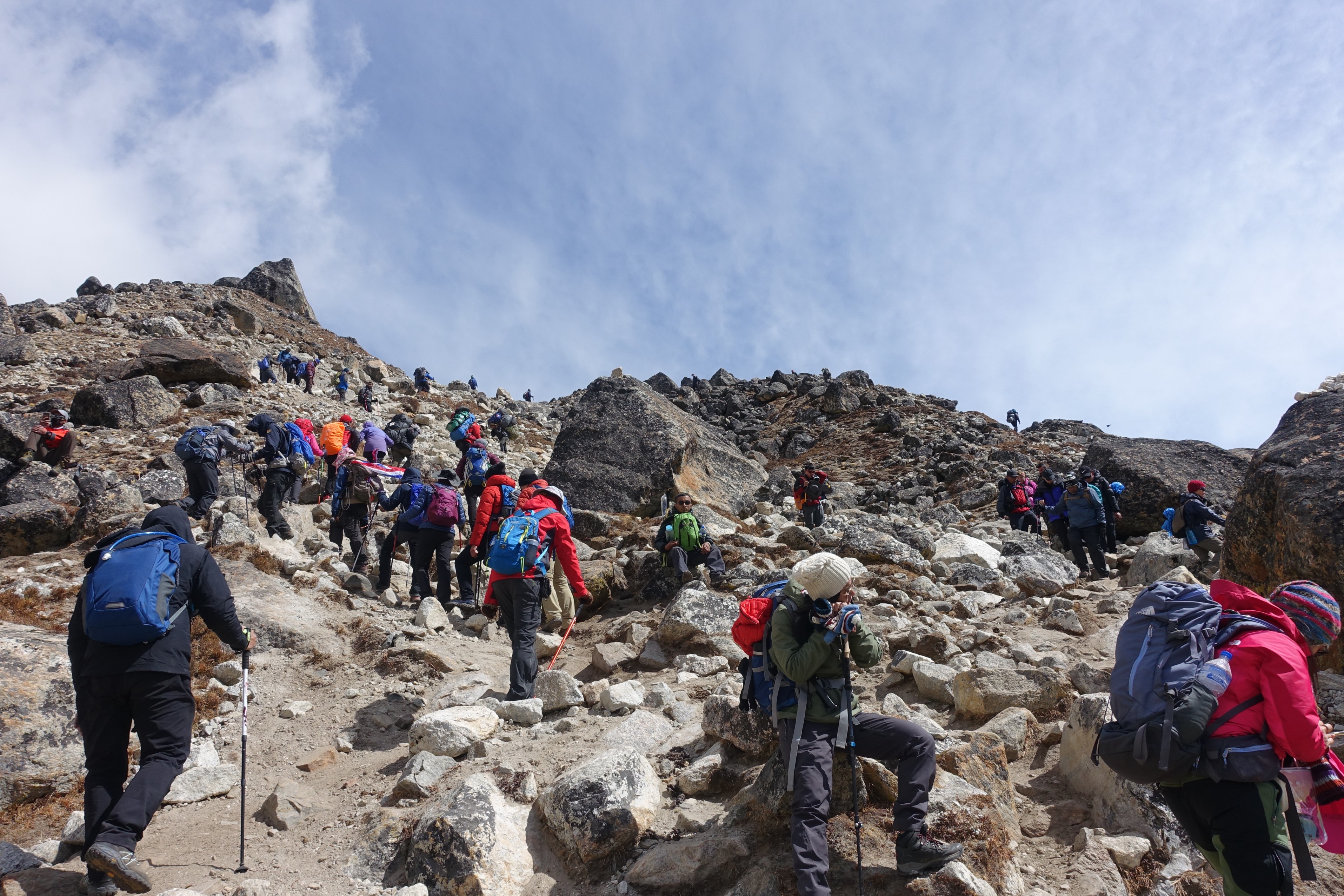Everest Climbing: How To Do It Responsibly
Climbing Mount Everest isn't just about reaching the summit; it's a journey that intertwines with the lives of the Sherpa community and the fragile ecosystem surrounding this majestic peak. As you prepare for your adventure, it's vital to recognize the impact your climb can have on the local culture and environment. Around 800 climbers summit the mountain yearly, but that's not all. The Sagarmatha National Park is visited by approximately 100,000 people every year which means the responsibility of climbing extends far beyond the physical challenges of the ascent.
Understanding the New Normal
In 2024, significant regulations were introduced to enhance the climbing experience while safeguarding the environment. The Base Camp Management Procedure aims to improve safety, reduce waste, and support local communities. New requirements include wearing mandatory GPS trackers and adhering to strict waste management protocols, ensuring that climbers take responsibility for their environmental footprint. For example, climbers must now carry their waste down from the mountain, a step aimed at combating the rising pollution levels on Everest.
Meet the Sherpas
The Sherpa community is essential to the Everest experience, providing invaluable support and guidance to climbers. New legal requirements mandate that all climbers hire licensed guides, which not only enhances safety but also offers critical employment opportunities to local people. As you climb through the region, you'll find that engaging with Sherpas is not only rewarding but also beneficial for their communities. In fact, many Sherpas earn a living wage of at least $21 per day, which contributes significantly to the local economy.


Waste Not, Want Not
With the introduction of a $4,000 deposit before climbing, climbers are incentivized to manage their waste responsibly. This fee is refundable only if climbers return with a minimum amount of waste, encouraging them to think about their environmental impact. Everest's slopes have been littered with waste over the years, and in 2023 alone, nearly 600+ climbers added to the problem. The new measures aim to reduce the amount of waste that makes its way down to the base camp, where it can pollute the local environment.
Eco-Friendly Climbing
Sustainability should be a priority for all Everest climbers. Instead of flying directly to Lukla, consider taking a bus and hiking to the trailhead. This choice not only reduces your carbon footprint but also provides economic support to villages that are often overlooked by mainstream routes. Additionally, select base camp lodges or accommodations that utilize solar power or other renewable energy sources to minimize environmental impact. Choosing eco-friendly options along your journey helps promote sustainable practices throughout the region, benefiting both local communities and the mountain’s ecosystem.
Cultural Sensitivity
The Sherpa people have rich traditions and practices that deserve respect. Familiarize yourself with their customs before embarking on your climb; this understanding will enhance your experience and foster goodwill. Simple gestures, such as asking before taking photos, removing shoes before entering homes, and adhering to local dress codes, can go a long way in building a positive rapport with the community.
Explore Alternative Paths
With the rising number of climbers attempting to summit Everest, overtourism has become a significant concern. To alleviate these challenges, climbers are encouraged to consider less conventional approaches or alternative climbing routes, such as those that lead to lesser-known peaks in the region. These paths not only provide stunning views and a more tranquil climbing experience but also help distribute the economic benefits of climbing tourism while promoting a more sustainable approach to high-altitude adventures.

The Path to the Summit
Climbing Everest is a monumental task, requiring both financial and physical investment. Expedition costs can easily exceed $80,000, with climbers needing months of preparation and training. Understanding the risks involved—such as altitude sickness, severe weather conditions, and physical strain—is crucial for a successful ascent. Statistics show that in 2023, 12 climbers lost their lives attempting to reach the summit, emphasizing the seriousness of this endeavor.
Keep reading: Mount Everest for Beginners?
Personal Responsibility
Each climber has a role in protecting the Everest ecosystem. Be mindful of your choices, from how you travel to the waste you generate. Carry a reusable water bottle to minimize single-use plastics and make an effort to pack out any trash you encounter on the trail.
Addressing the Issue of Pollution
The growing popularity of Mount Everest has resulted in various forms of pollution spoiling the fragile ecosystem of the region. It is estimated that approximately 8,000 tons of waste have accumulated on Everest since the first ascent in 1953. The issues of human waste, trash, and discarded climbing gear have reached alarming levels.
- Human Excrement: Every year, climbers produce over 5,400 kg of human waste, much of which ends up in the glaciers, contaminating water sources and posing health risks to both climbers and local communities.
- Litter and Garbage: A significant amount of solid waste, estimated at 30 tons, is left behind on the mountain, including plastic bottles, food wrappers, and discarded gear.
Climbers must be proactive in mitigating their impact, ensuring they follow the regulations set forth by local authorities and organizations aimed at preserving the mountain's integrity.


When considering an expedition to Everest, it’s essential to choose reputable guides who prioritize safety, sustainability, and community engagement. Furtenbach Adventures, CTSS and Pioneer Adventures offer meticulously organized climbs, ensuring climbers not only have a memorable experience but also contribute positively to the local Sherpa communities and the environment.
As Terry Swearingen once said, "We are living on this planet as if we had another one to go to." Climbing Everest is an incredible opportunity, but it is essential to approach it with respect for the environment and the communities that call it home. Your adventure on Everest should not only be about personal achievement but also about leaving a positive legacy. Start planning your responsible climb today with Expedreview and be part of the solution for a healthier planet.